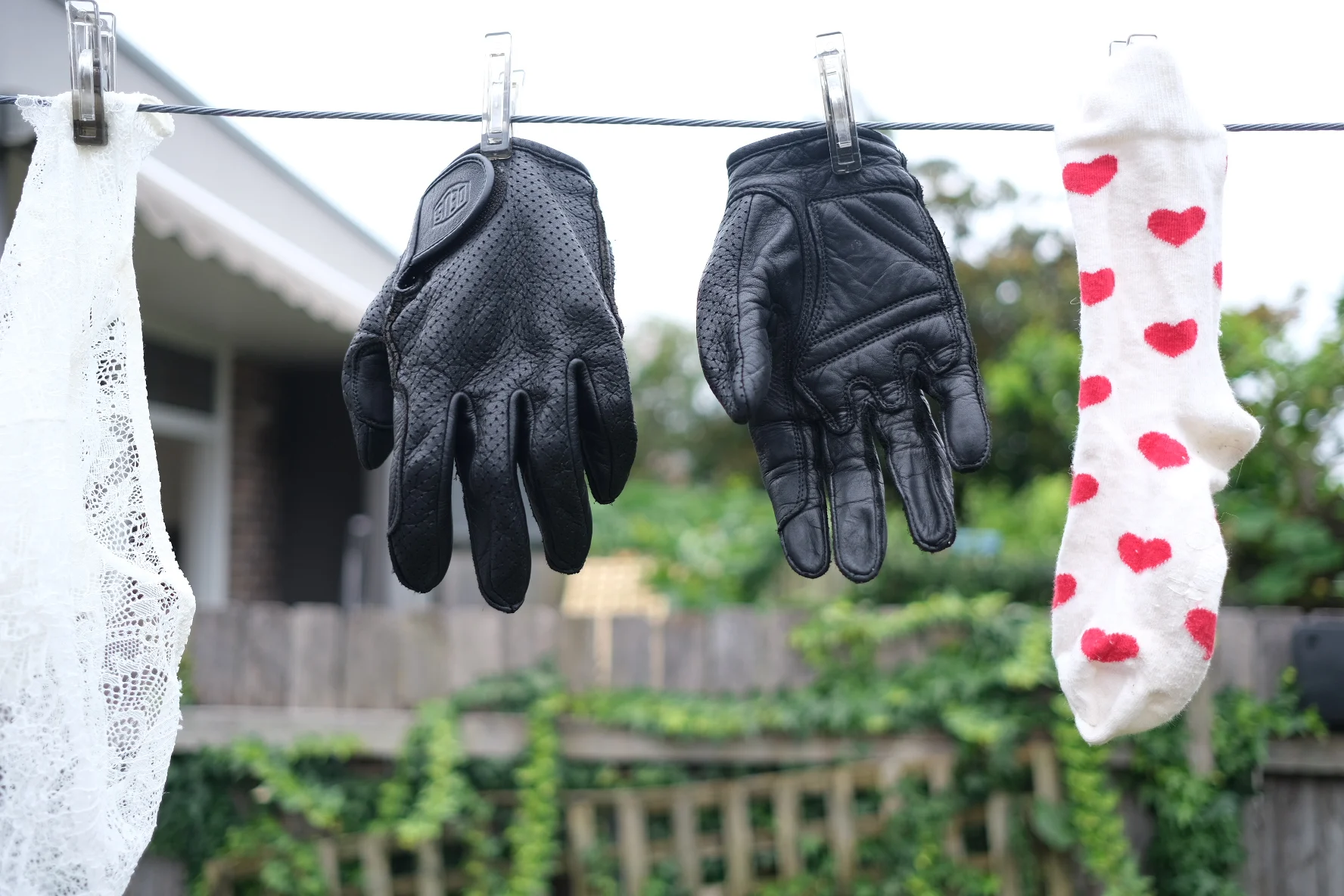A Case for Driving Gloves

PHOTO | JENNA V. GENIO FOR PETROLICIOUS
So either you've been watching Ryan Gosling in Drive or you're going the whole hog and considering buying some driving gloves to fit in at the Goodwood Revival, you saucy minx. But why the hell do people wear driving gloves?
Gloves were originally worn in a time of the detailed warm up procedure in an effort to keep the driver’s hands clean (and warm - many early cars lacked a hard top). They were worn so ubiquitously, they lent their name to their own storage compartment in a vehicle. Gloves also go hand-in-hand with the following:
Grip. More so for steering wheels from a past era, which were thinner and less ergonomic than their modern counterparts, and could in all likelihood slide through your hands. Being able to keep your slippery fingers on the wheel and gear stick is a little bit important as far as retaining control of your vehicle goes, and the grain and pores in the leather assist with providing a bit of extra friction. If you're speeding round a racetrack, every little bit helps.
Vibration (get your minds out of the gutter). Once again, more pertinent for older cars without fandangle power steering or especially effective shock absorption (or you might need to check your wheel balance/alignment/brake rotors), to provide an additional layer of vibration damping, for the all-important driver’s hands to retain feeling (especially when travelling further than the corner store). A constant buzz through your fingers can tire them out.
To protect the steering wheel itself. Fancy vintage steering wheels were often made in some combination of wood, leather and/or ivory: materials which need protection from the sweaty palms of your over-excitable self and the natural oils in your skin (also why you can't touch paintings in galleries).
In case of fire or crashes, gloves are slightly more protective than just the hairs on the back of your hand.
Comfort. Those ventilation holes are there to keep you cooool. Reinforced open knuckles aid in providing maximum flexibility and reducing stress on the smaller ventilation holes during use. On the flip side, gloves can also act as an insulator, keeping you warm, and compensate for reduced blood flow to your extremities (if your hands are where they should be at 9 and 3 or 2 and 10 they're probably higher than your elbows). To maintain dexterity and road feel, leather tends to be kept as thin as possible, so probably wouldn’t stand up to a Siberian winter, but should be fine inside a vehicle. Well designed gloves have external seams, and the extra barrier can prevent abrasion and reduce blisters.
UV protection. Helpful for those who are pale skinned or otherwise sun sensitive. Obviously keep an eye on the ventilation holes or you could end up with some interesting sunburn.
Style. While they may look slightly out of place in your father in law's mid 90s green Honda Civic, they'd be right at home in the cabin of a Bill Thomas Cheetah, though you might want to go the way of some racers and consider experimenting with roof removal (or perhaps a temperature controlled spacesuit) to manage the heat build up in these. Whatever your mode of transport, driving gloves are damn sexy, and you'll certainly look the part of a motoring enthusiast if you have a pair.
For our guide to motorcycle gloves, see here.
Jo is a buxom redhead looking for adventure. She loves her motor children equally, and if you ask really nicely, she might let you take them for a spin. Easily distractible, but also easily obsessed, she is our Editor-in-Chief, resident proof-reader, and zany ideas lady. Caffeine is her fuel of choice.





